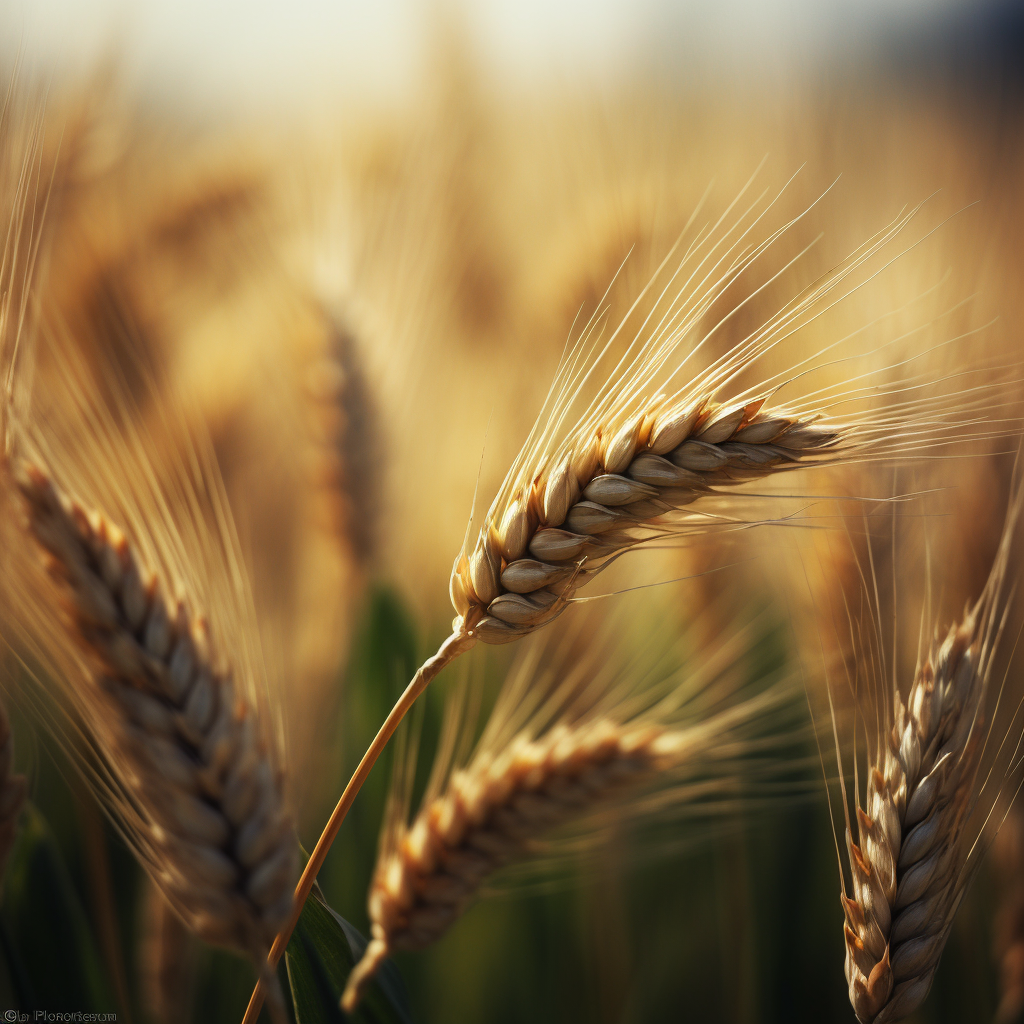January 3, 2024
2024, A Decisive Year for Commodities – Key Market Trends and Investment Insights
Book a Demo
As we look ahead to 2024, the commodities market is gearing up for a year of significant change, largely influenced by environmental factors such as climate change. Among these commodities, oats stand out as they are predicted to experience a substantial rally. This presents potential opportunities for investors looking to diversify their portfolios, as the potential growth of oats could provide a strong return on investment.
In addition to oats, active markets are expected for soybeans and cattle in 2024. Soybeans, in particular, are a key commodity to observe due to their widespread use across various industries. The performance of soybeans can often serve as an indicator of broader market trends, and its active market is expected to offer lucrative opportunities for those who are savvy enough to capitalize on them.
The commodities market, however, is known for its complexity, a fact highlighted by the diverse performances of wheat and cotton. These commodities have shown varied results in terms of growth and profitability, reminding investors of the need for a nuanced understanding of the market. Investors are, therefore, advised to monitor the potential impact of climate change and market trends on commodities like oats, soybeans, cattle, wheat, and cotton.
As we delve deeper into the predictions for 2024, it’s important to note that commodity prices are projected to moderate due to softer global demand and sufficient supply. However, the ever-present geopolitical risks could disrupt this supply and increase price volatility. This means that while prices may be lower, the risk of sudden changes in these prices could pose challenges for investors.
Looking at global energy prices, a downward trend is anticipated into 2024. This is largely due to a slowing global energy demand. However, similar to food commodities, geopolitical risks could increase volatility, causing unexpected fluctuations in energy prices.
Lastly, the prices of key industrial metals are forecast to remain stable in Q4 2023 and 2024. However, investors should be aware that long-term supply risks are increasing due to lower metal prices and higher capital costs. This could potentially disrupt the stability of these commodities and lead to changes in prices.
The year 2024 promises to be a dynamic period for the commodities market. Whether it’s the potential rally of oats, the active markets of soybeans and cattle, or the diverse performances of wheat and cotton, there are numerous opportunities and challenges for investors to navigate. As always, a keen eye on market trends and potential impacts of climate change will be key to capitalizing on these opportunities.
Science4Data is committed to cut through greenwashing and measure real impact. Join the journey to a sustainable future. Your actions matter.



